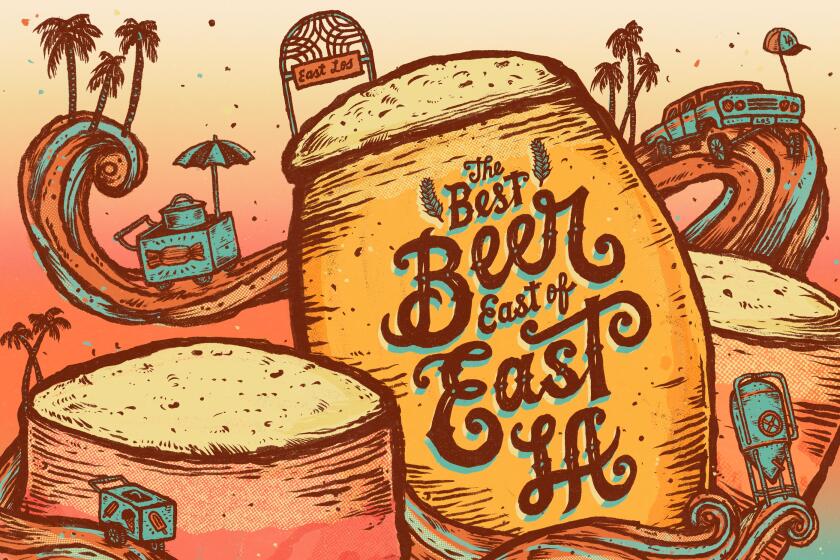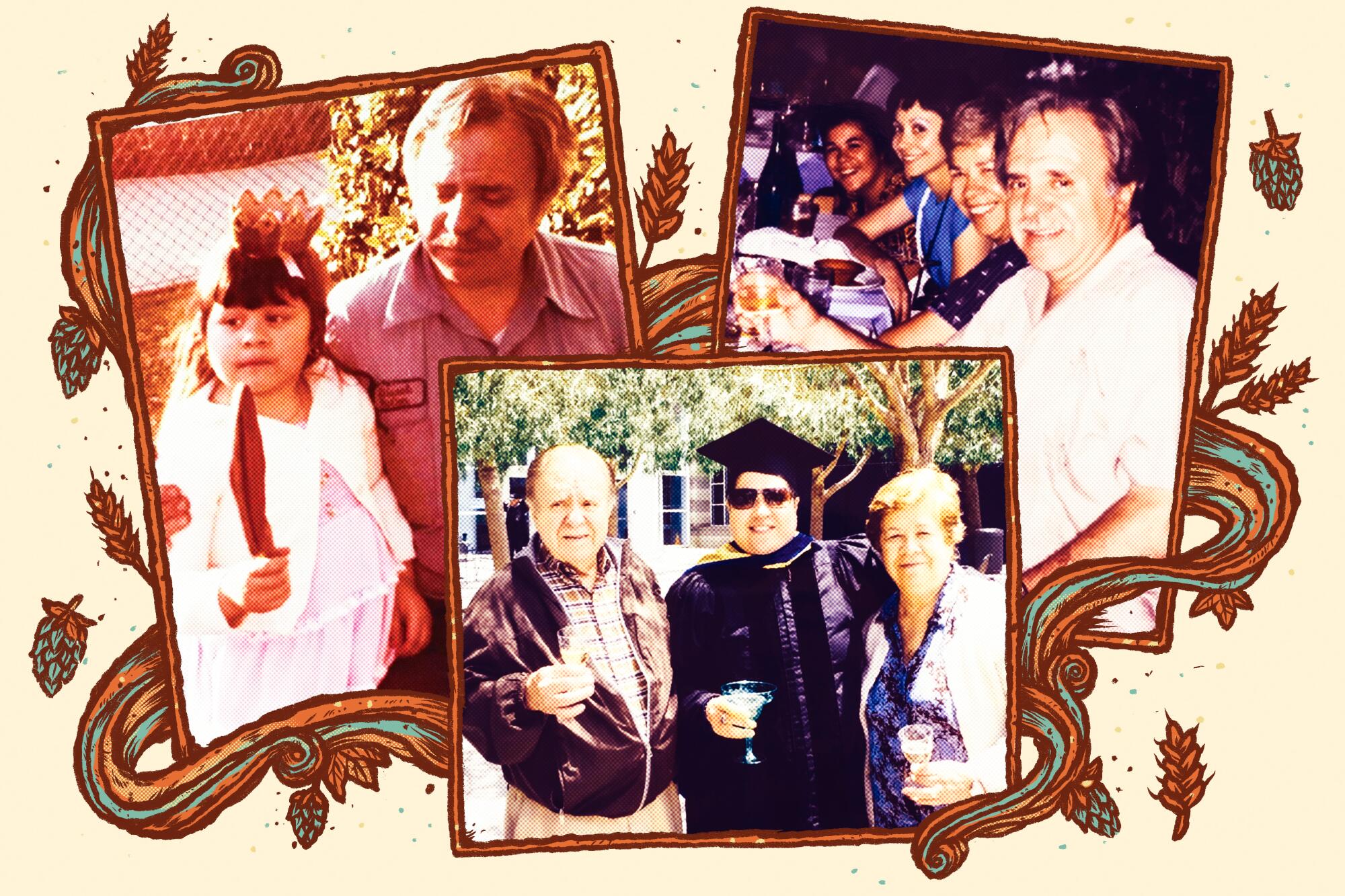
)
Why do I write about beer? It all started with a visit to a brewery in Washington with my grandpa when I was just 3.
My first visit to a brewery came at the tender age of 3½ with my Grandfather Miguel.
In August 1977, we took our first family road trip in my grandparentsâ new motor home. Grandpa wanted to drive all the way up to Seattle and back. My parents, baby sister and I left East Los Angeles with Grandma and Grandpa in the new RV, stopping in Monterey for the sweeping vistas, San Francisco for the Golden Gate Bridge and Portland for the rose garden. We never made it to Seattle.
Instead, Grandpa stopped in Tumwater, just an hour short of Seattle, to hit up the Olympia Brewery.
A lifelong Budweiser man, my grandpa also drank Olympia and other classic macro-lager brands of the 1970s and â80s that I would come to associate with him, even as his beer tastes leaned Mexican. I suspect that Grandpa considered the Olympia stop his personal reward after days on the road with his family. He pulled the motor home into the parking lot and took off with my dad for a brewery tour.
I remember a big beige concrete building flanked by tall silver tanks outside, and pine trees, green grass and a river rushing by. Mom and Grandma took my sister and me out to the grass, then inside the building to wait. We were led to a waiting area with windows, and on the other side we could see the bottling area and a group of people shuffling through.
Just east of East LA is a burgeoning craft beer scene thatâs led by longtime locals, including women, Latinos and Asian Americans.
Mom held me up to get a better view. We spotted Dad and Grandpa and waved as they followed a tour guide past huge machines that sent hundreds of beer bottles spinning and speeding down the snaking assembly line. The guide poured foamy, fizzy yellow liquid into cups for the group. Grandpa looked really happy.
The whole scene fascinated me. Watching the brewery action was almost like watching the opening credit sequence of âLaverne and Shirleyâ in real life, and my dad and grandpa were right in the middle of it like Lenny and Squiggy.
The visit to Olympia Brewery in 1977 remains one of my formative childhood memories. It planted seeds that would sprout nearly three decades later, when I began writing about beer while in graduate school. More significantly, that Olympia Brewery trip forever entwined travel, beer and my Grandpa Miguel in my young mind. Through him, I learned my first lessons about breweries and beers as legitimate objects of inquiry, as portals to learning about place, history, food, family and culture. Whether he knew it or not, Miguel Hector Hidalgo became my first beer teacher that day, and the original inspiration for the beer writer I would become.
Grandpa always kept beer stocked in the refrigerator at his East L.A. home. Cans of Bud, Olympia, Hammâs, Burgie, Schlitz, Miller, Strohâs and Tecate competed for space alongside cartons of juice, milk, eggs, jars of chiles and frijoles and plates of leftover steak picado.
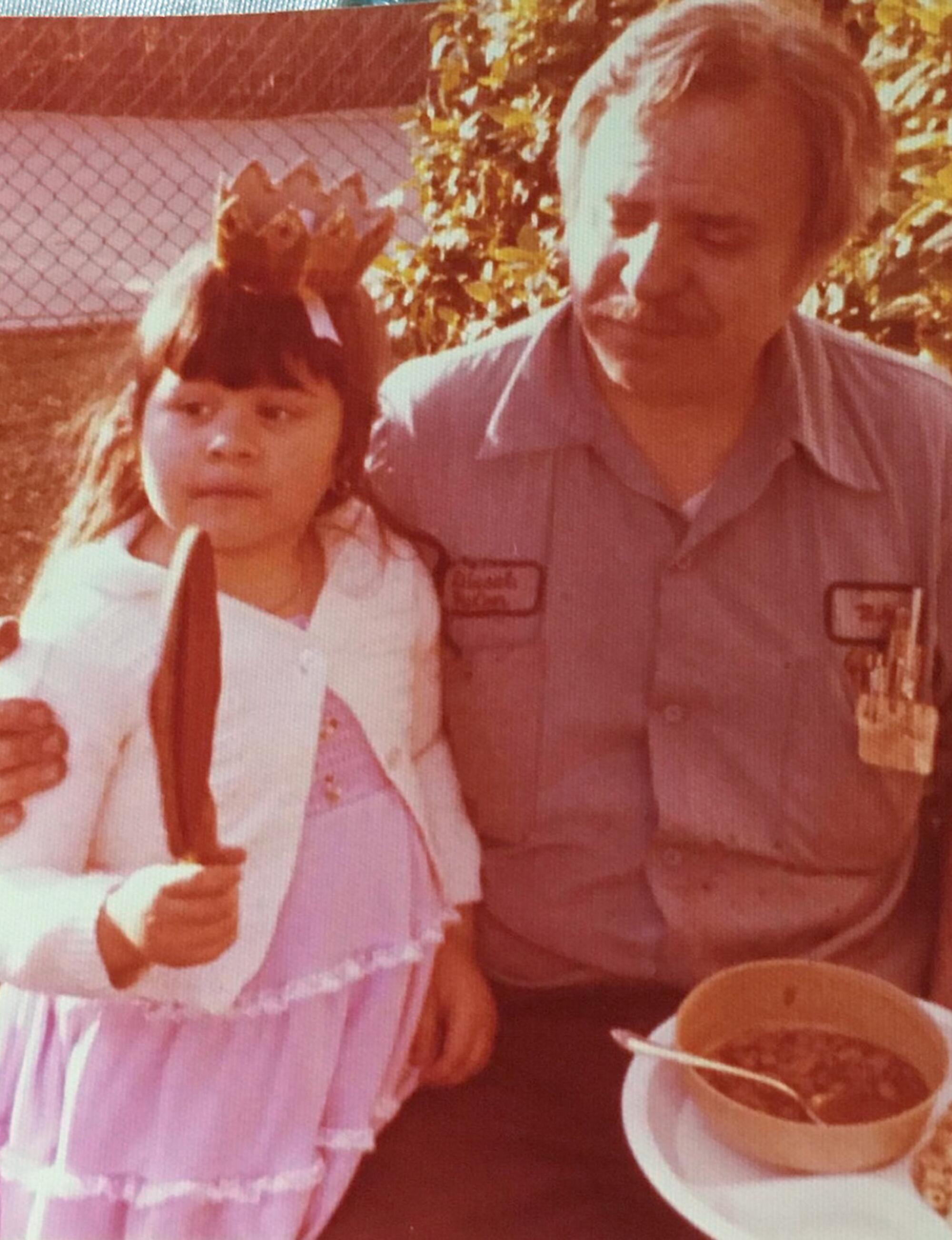
Many times, Grandma Lupe cooked dinner while my sisters and I set the table and waited for Grandpa to come home from his job as a union diesel mechanic. Like clockwork, he came in through the kitchen door that led into the garage. We hugged him in his oil-stained blue work shirt with a patch that identified him as âMike.â Heâd wash his hands, open the fridge, grab a beer, crack it open and quickly slurp up the foaming bubbles on top. Sometimes the foam clung to his mustache like shaving cream. Sometimes heâd squirt lime and sprinkle salt on the bubbles before sipping. I made a mental note to try that when I was old enough to drink.
Most of the time when Grandpa drank beer, Grandma Lupe scowled. She didnât like it either when I took Grandpaâs empty beer cans to study the labels and sniff the insides, which smelled like sour liquid metal â a scent that would come back to me years later in college after my first wincing sips of Keystone Light from a keg. (I wondered if salt and lime would have helped.)
In the days since his death on Valentineâs Day 2020, memories of my grandpa have come flooding back. Many of them mark a special place, time and drink. Grandpa allowed my first sip of alcohol at age 14, an after-dinner amaretto liqueur in Italy, part of a European vacation with my grandparents and tĂa in 1988. He bought me my first âlegalâ bottle of alcohol on a trip to Baja when I was 18, a bottle of KahlĂşa to take back to my college dorm to have with my coffee, much to my law-abiding fatherâs chagrin. I was not yet 21.
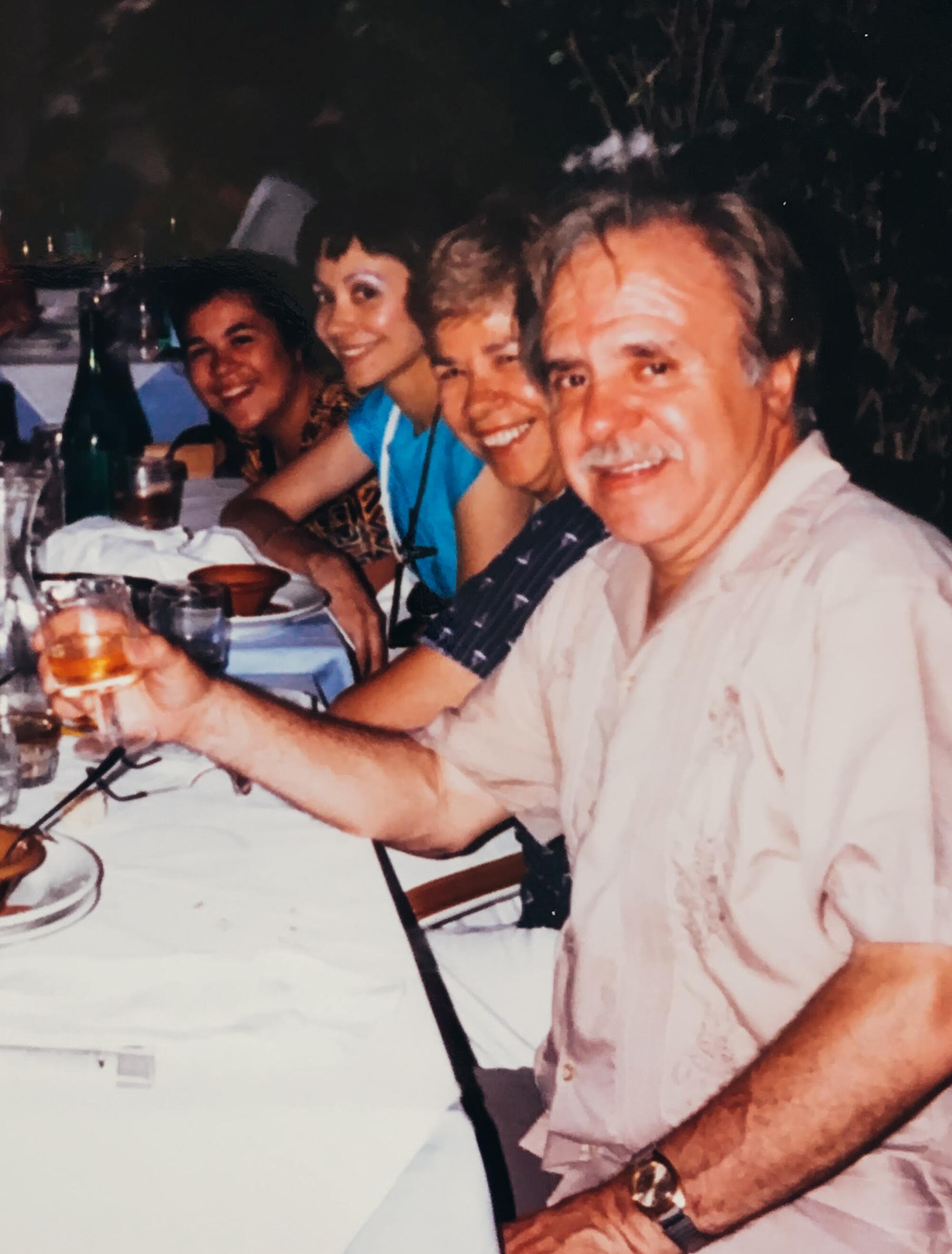
Years of traveling, hanging out and drinking with Grandpa Miguel amounted to an informal education that supplemented, affirmed and enhanced what I learned in school. Grandpa introduced me to rompopĂŠ one crazy Christmas and taught me about sotol, the distilled spirit from his native Chihuahua. I shared a Guinness with him after I became a convert in college and brought over the first craft beer he would try with me, a Sam Adams Boston Lager. The whole family enjoyed Shiner Bock with Grandpa after a mid-2000s family reunion in San Antonio turned us on to the small-town beer, prompting a visit to the Shiner brewery on his next trip to Texas. And, of course, I remembered the trip to Olympia Brewery that inadvertently started it all.
Grandpa always cared about our education, rewarding my sisters and me with a dollar for every A on our school report cards and year-end trips to Disneyland for good grades. I aimed to make him proud with my academic accomplishments: easy to do in grade school through college â not so easy as a grad student who took two tries, three programs and 14 years to complete a doctorate in literature and cultural studies.
Although Grandpa encouraged our higher-educational pursuits, mine didnât make much sense to him. To be fair, my academic work probably seemed esoteric and nonsensical to most of my family, even while they were still proud of me for being the first to earn a PhD.
As a 30-something graduate student and professor-to-be, the A-student in me wanted to make Grandpa proud and show him that my academic efforts could mean something to him. But Grandpa didnât care much for my âqueerâ or âChicano/a/xâ angle in my literary and cultural studies. He was a working-class traditional Catholic man, a proud Mexican immigrant who became a U.S. citizen âthe right way.â In his view, Chicanos were trouble-making militants from the â60s who gave good, hardworking Mexicans a bad name. I can only guess what he thought about anything queer.
He might not have agreed with my fields of study or butch ways, but he was my only grandfather, and beer often came to the rescue as our common language, no translation required.
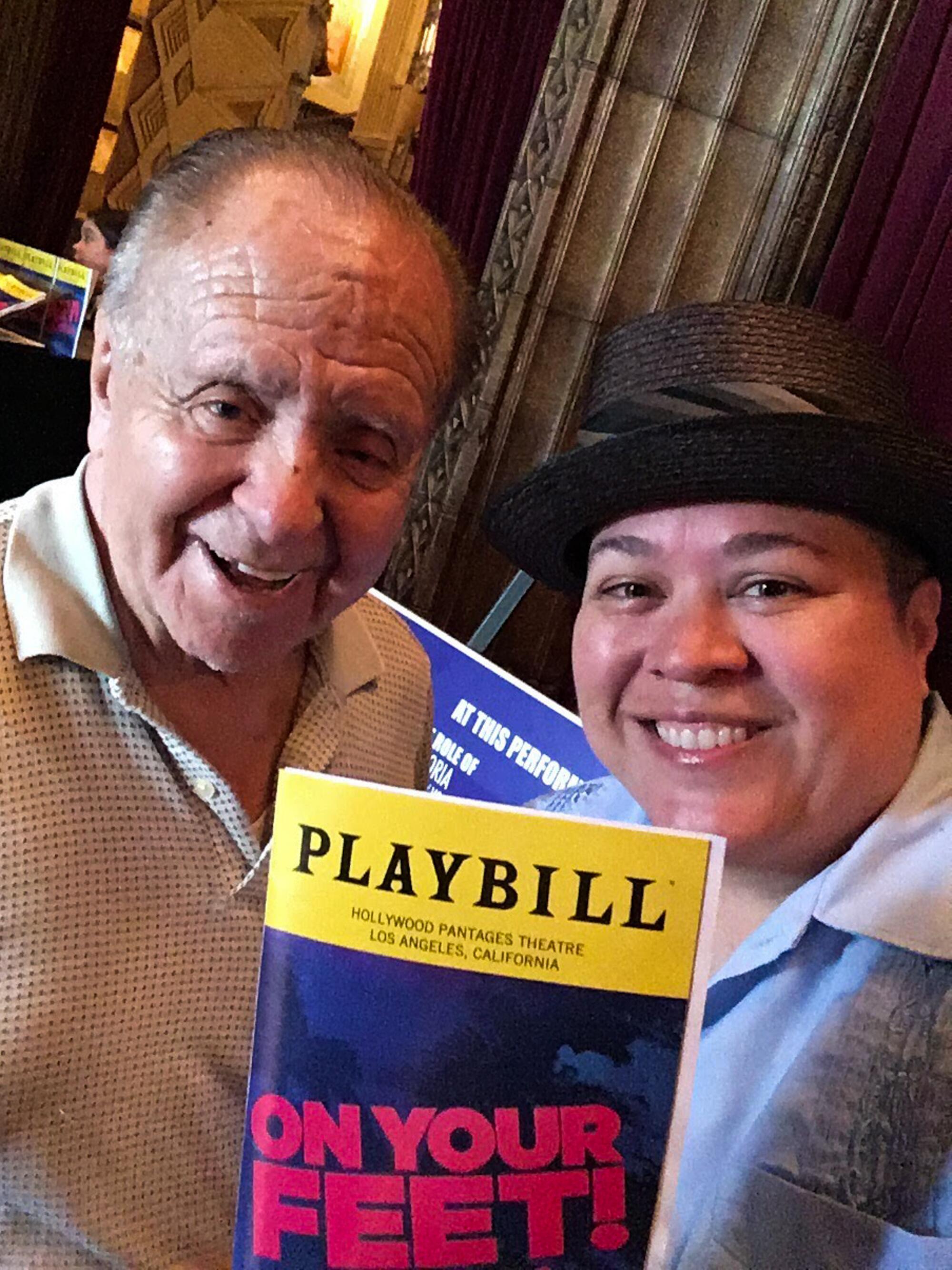
Most of my writing over the last 20 years has been geared toward professional aims and an audience of other experts and scholars in my fields. But academic writing tends to circulate in the closed circuits of âthe field,â and little if any of it is meant for communities outside of the proverbial ivory tower.
In grad school, I grew tired of writing for these audiences only. I was studying literature and popular culture â fun stuff, I thought â and drinking lots of great craft beer in the process. I wanted to write about these and other subjects for my friends who werenât academics, for the communities I come from and call home. And for family members like Grandpa Miguel.
In 2008, one year into my dissertation work, I started writing for two beer blogs based in L.A.
I had just moved back home from San Diego to save on rent while finishing my doctorate. My first blog posts were long-winded odes to the craft beers I liked at the time, like Mirror Pond Pale Ale and Lagunitas IPA, as well as imported specialty beers like Ayinger Celebrator Doppelbock and Kwak Belgian Ale.
Years of literature graduate courses in subjects like 19th century U.S. imperialism and the postcolonial novel paid off unexpectedly when I started beer blogging. Beer taught me how to access in new ways all the stuff I had learned as a lifelong âEnglish major.â
Writing about IPAs, for example, returned me to my days as a Victorian studies specialist, when I learned about British imperialism in India but not about how all those British soldiers and colonizers moved their beer from England all the way to the subcontinent unspoiled. A blog post about Trappist beers sent me on a deep dive around the strong beers brewed by Belgian monks to sustain themselves during long Lenten fasts.
I found that writing about beer â its histories, cultures, geographies, the people who make it and drink it â was less about legitimizing my beer-drinking and brewery-hopping. It brought me pleasure and purpose at a time when my academic work felt painful and confusing. I eventually turned this passion into an ongoing column, calling myself âDr. Beer Butch.â
My grandparents never had the internet, computers, cellphones or printers. When I started writing beer articles for online publications, Grandpa wanted to read them, but only if I printed them out for him.
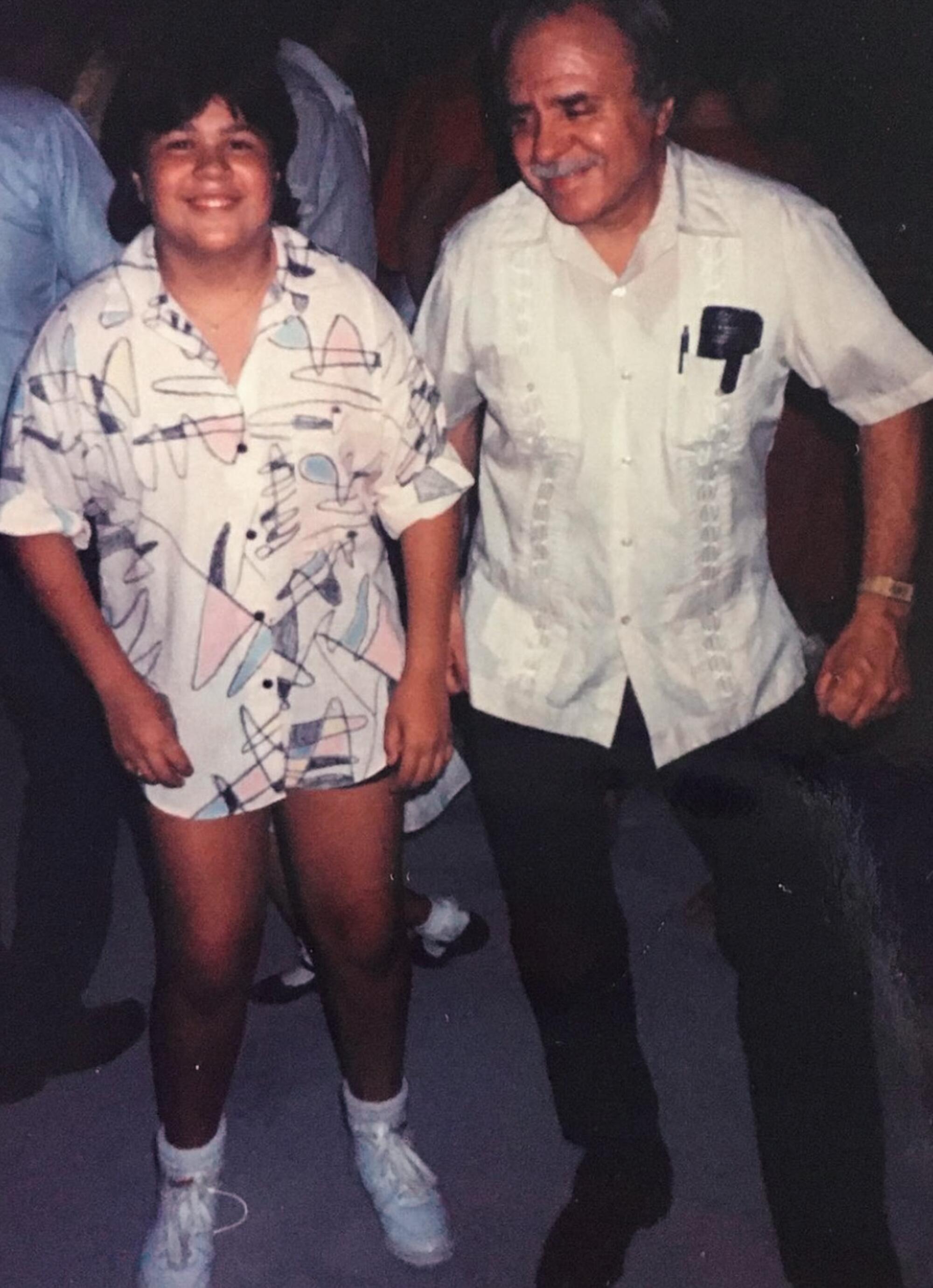
After Grandpa died, the day came for the dreaded task of clearing out the house. My sisters, mom and I focused on clothing and other bedroom items, while my dad cleaned out my grandpaâs work desk. Amid the decades-old oil change receipts and church bulletins, my dad found a stuffed envelope.
I heard my dad call me. He handed me the envelope. I found pages of the beer stories Iâd printed out and sent to my grandpa. A few of them covered breweries that we had visited together. I wept.
I held the envelope to my chest. He didnât have a copy of my cultural-studies book, but he had my beer stories saved in his desk. I wept.
For all the beer that Grandpa cycled through over his long life, Budweiser was still king. The red cans were a mainstay in his fridge, and Budweiser would be the beer my sisters and I most associated with him. At his grave-site funeral, my sisters, our partners, my father and I each downed a can of Bud in Grandpaâs honor, crying and holding each other as we poured out more red cans onto his casket and the grass around it, remembering the words of the old ad campaign: âThis Budâs for you,â Grandpa.
In his life, beers helped bridge our generational and ideological gaps. It helped him see me and the work I do in another light. And it helped me see him, connect with him, on terms we could both understand.
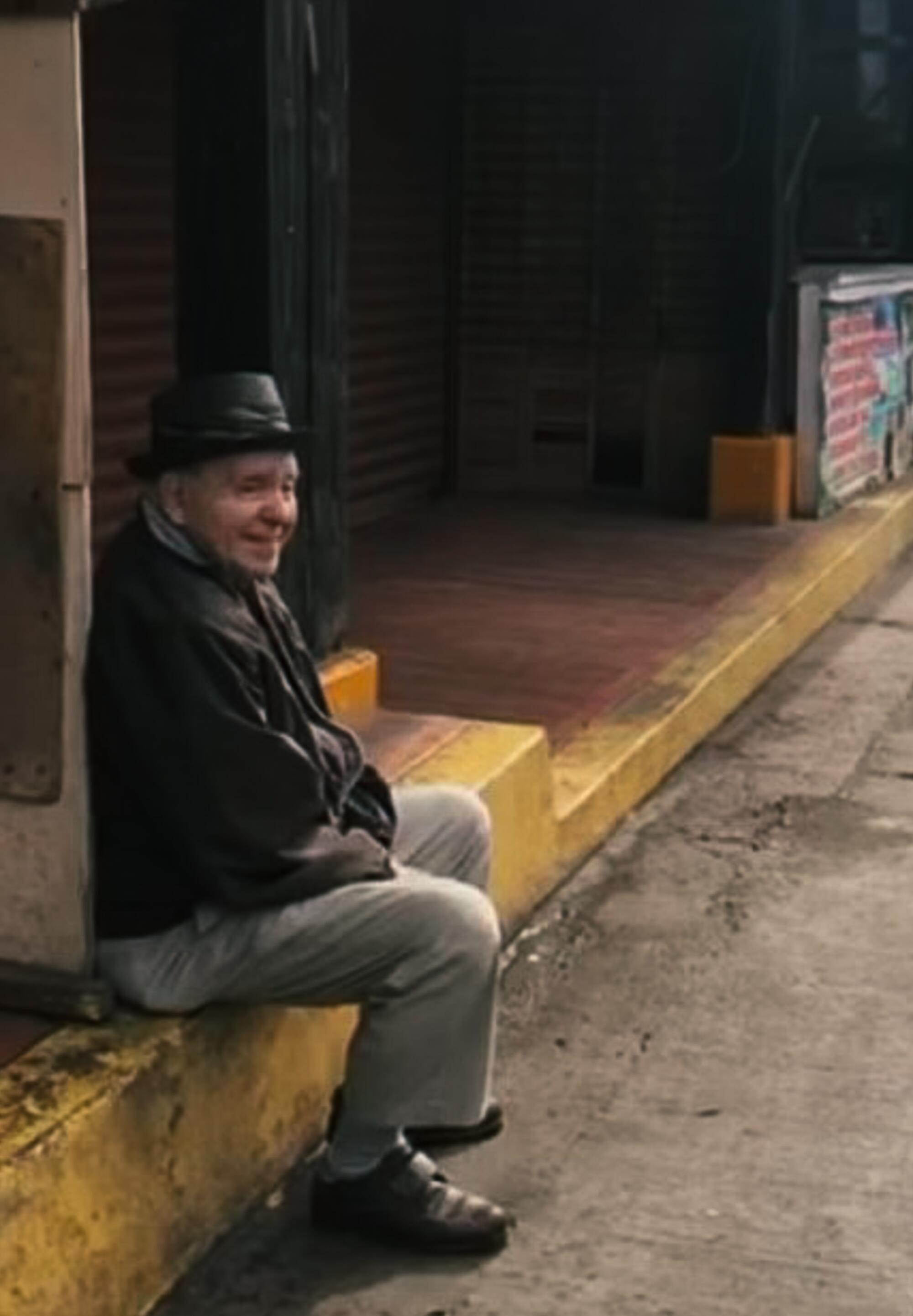
Melissa Mora Hidalgo is a writer, Fulbright scholar and adjunct professor based in Greater East Los Angeles. She is the author of âMozlandia: Morrissey Fans in the Borderlandsâ (2016) and writes a column, âDr. Beer Butch,â at LATaco.com.
More to Read
Eat your way across L.A.
Get our weekly Tasting Notes newsletter for reviews, news and more.
You may occasionally receive promotional content from the Los Angeles Times.
